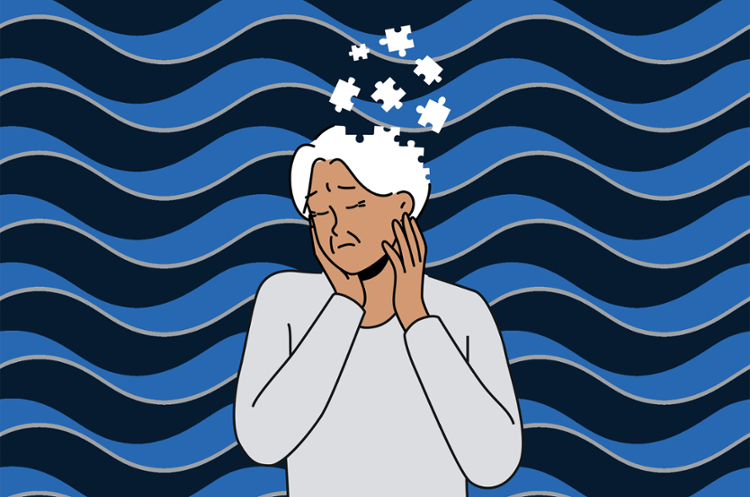Delayed Shorebirds Nesting Season Continues at University Beach
Attention: Watch Out for Nesting Birds When Visiting the University Beach!
Shorebird nesting season is upon us and birds have begun to lay their eggs on University Beach, which is located across Ocean Drive and the Performing Arts Center along Corpus Christi Bay. Texas A&M University-Corpus Christi urges the campus community and beachgoers to proceed with caution when in the area. Shorebird nesting season continues through August.
CORPUS CHRISTI, Texas – With heavy rains and high-water levels hindering the start of the season, birds have begun to lay their eggs on University Beach, officially marking the start of shorebird nesting season. University Beach is located across Ocean Drive and the Performing Arts Center at Texas A&M University-Corpus Christi along Corpus Christi Bay. The nesting season runs through early August depending on whether initial nesting attempts are successful or if birds have to re-nest due to failure or destruction.
To protect several nests with eggs and fledglings, David Newstead and Justin LeClaire from the Coastal Bend Bays and Estuaries Program (CBBEP) have fenced off the west end of University Beach. Scientists from the TAMU-CC Conrad Blucher Institute (CBI) advise visitors to exercise caution and be aware of their surroundings because not all nests, eggs, and fledglings are located within fenced areas; in some cases, nests easily blend with the sand and can be missed. In addition, recent rainfall has proven to be a challenge for shorebirds this year.
“Although the birds were off to a late start, about 10 pairs of Least Terns constructed nests this breeding season at University Beach. A number of these nests have hatched, leading to a season-high count of eight chicks observed on June 30 – three of which are nearly fledged,” LeClaire said. “There are still a few active nests with eggs on the beach as well. With this species struggling to produce young at many other local sites this year due to heavy rain and high tides, production at University Beach will be a welcome boost for new recruitment into the population.”
LeClaire also said a single Wilson’s Plover pair have also nested and are raising a single chick that should also be fledged within the next week or so.
A couple of other bird species that are often found nesting at University Beach are Willet and Killdeer. Those interested in birdwatching during nesting season can observe from the bluff along Ocean Drive since it offers an ideal elevated view of the birds and is less invasive than walking on the beach. Birds will react negatively to human and animal disturbances, where if frightened, the birds can abandon their nests and young. Note that if birds take flight, birdwatchers should move away. When birds are in flight, the eggs and fledglings are exposed to sun, predators, and stress which can lead to death.
According to the CBBEP website, there are several other ways visitors can avoid disturbing the shorebirds:
- Keep dogs on a leash and away from areas where birds may be nesting;
- Properly dispose of trash to keep scavengers away;
- Never abandon fishing line or other gear, and remove it if you find it
- Do not fly traditional kites or kites for kitesurfing near areas where birds may be nesting
- When birds are aggravated, you are too close
- Leave the area if shorebirds fly at you
“The most important thing to remember is that avoiding the nesting area is critical for a successful nesting season and if the birds take flight and particularly if the birds approach you please move away quickly,” said Deidre Williams, CBI Coastal Research Scientist. “With the help of the Islander community, we hope that the Least Terns and other protected shorebirds will have another successful nesting season resulting in the young reaching fledging status.”







